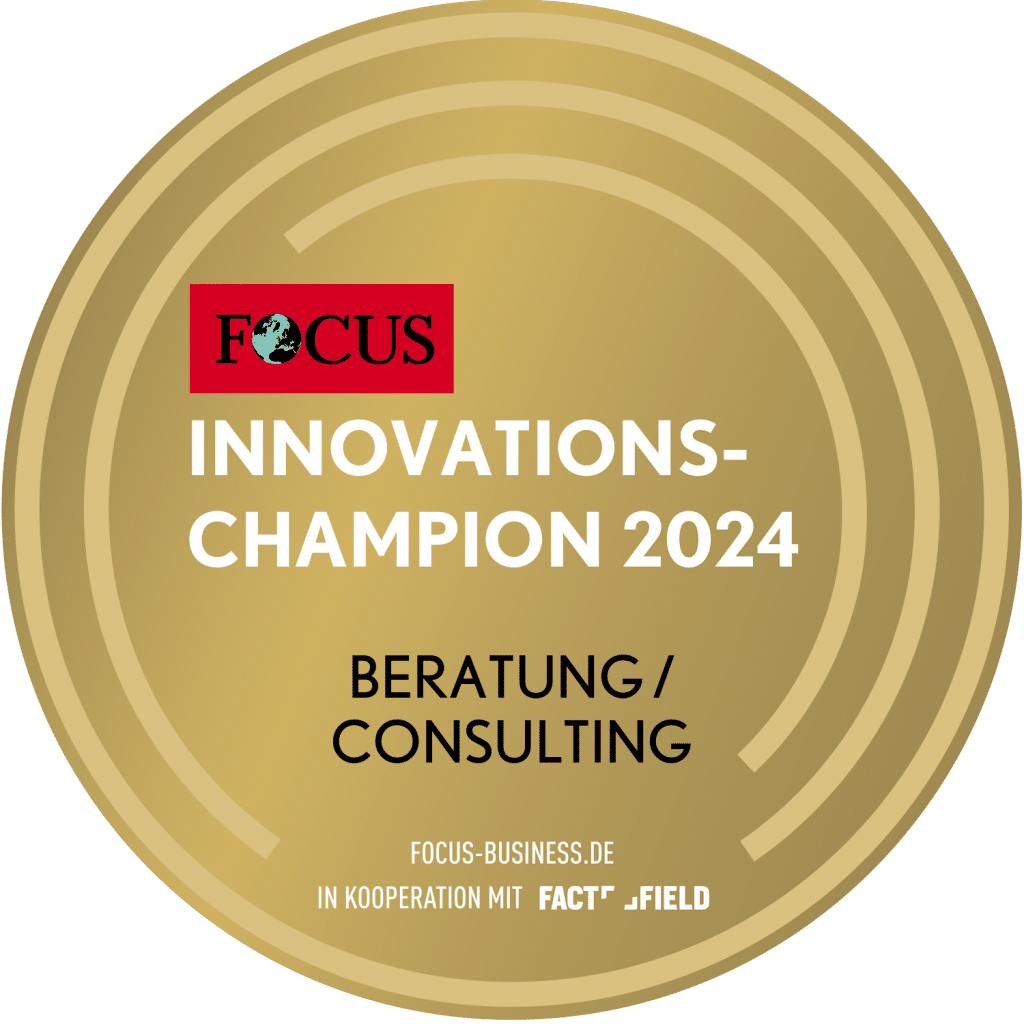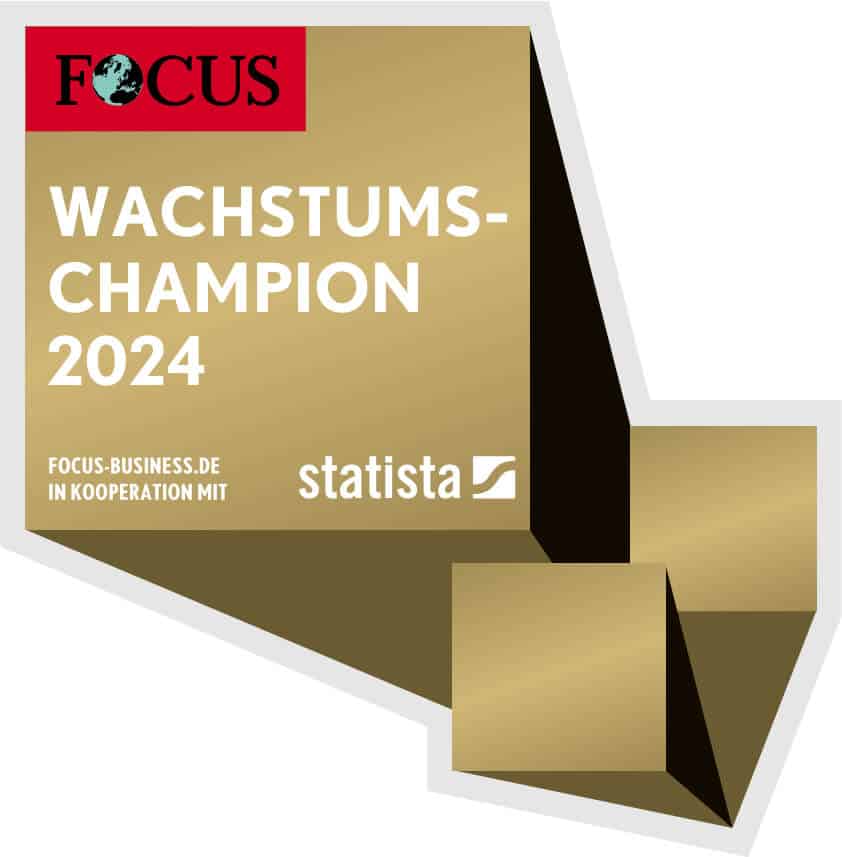People have always depended on being able to retain and apply important knowledge. The successful transfer of knowledge permeates all areas of life, and it is particularly important for companies to optimize these processes in a targeted manner; ideally through the use of e-learning - from blended learning formats to augmented reality (AR) and virtual reality (VR). The importance of these strategies is all the more apparent today in times of digitalization and - even more so - during the coronavirus pandemic and due to COVID-19. The following article is dedicated to this comprehensive topic, providing a compact overview of all the important aspects and explaining how successful knowledge transfer can be achieved through the ideal course structure and the right foundations. We also present a best practice variant that has been developed and successfully implemented in collaboration with our TCI experts in the e-learning sector.
A look back at learning and knowledge transfer: from the Stone Age to today
Learning itself is almost as old as mankind itself, but the first opportunities for non-verbal knowledge transfer were only developed a few thousand years ago in the form of cave paintings. This was followed by the invention of the printing press, the spread of DVDs and CDs and finally digitization, which enables us to access all conceivable learning content online with just a few clicks. While the time intervals in which new possibilities of knowledge transfer emerged became increasingly shorter, the time required for adaptation decreased enormously. Corona and the restrictions due to COVID-19 are now further intensifying this trend. Now more than ever, it is important to enter the new world of learning in good time so as not to lose touch.
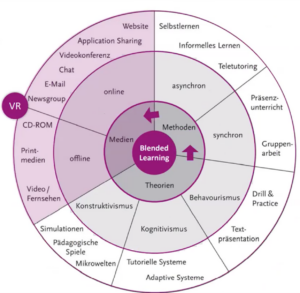
Janina Grabow, freelance consultant for individual eLearning solutions and doctoral student, knows that the sheer versatility of digital learning poses massive challenges for many people in this area at the University of Kaiserslauternexactly. While new learning methods such as learning nuggets, blended learning, interactive videos, virtual reality (VR) and augmented reality (AR) promise a much more effective way of learning, there is a growing risk of the learning process deteriorating if the new technologies are used incorrectly.
Learning theories: The basis for successful knowledge transfer - in times of COVID-19 and in general
To be as effective as possible E-learning-content, you first need to familiarize yourself with the various theories about the nature of learning, says Ms Grabow. In general, science distinguishes between behaviorism, cognitivism and constructivism.
Behaviorism
The Behaviorism is expressed, among other things, by the fact that we typically learn through constant repetition of learning content, which concludes with a sense of achievement or a reward - usually in the form of a good grade.
Cognitivism
The Cognitivism offers an approach that is opposed to the conservative way of learning of behaviorism. The main aim is to understand how each individual participant thinks and which approaches to problem solving he or she pursues in order to individualize the learning material for each character type to a certain extent.
Constructivism
The ideas of the Constructivism take up where they left off, but go a significant step further by giving each learner their own subjective reality. The aim is for each individual to be able to live and learn in their own constructed world. It is important to accept that learning success depends on two essential factors:
- the prior knowledge of the learner, and
- of the person's specific learning situation.
Ideally, every learner is constantly supported in this type of learning by a learning guide. While this was still difficult to implement in face-to-face teaching, and if so only at great expense, e-learning offers a world of new possibilities.
Optimal e-learning results through the right course structure
If you want to create a new e-learning course, you should first ask yourself which theory of learning the course should be based on. Only then should you decide which Method of learning is to be used, i.e. whether the learning content synchronous (for example in the present tense) or rather asynchronous (e.g. self-learning) should be provided. Only at the end should you then decide on a suitable medium (such as Video conferencing, video, print media, et cetera) decide.
However, the successful introduction of an e-learning program requires more than just keeping up with the latest scientific findings. For Dr. Kai-Karin Baum, TCI partner and owner of Baum Management Consulting & Education, it is the Comprehensive analysis at the start of each project, which is crucial to the subsequent success of a course.
Right at the beginning, both the training portfolio and the target group should be analyzed and the technical possibilities evaluated.
Blended learning: transition between learning formats must be coordinated
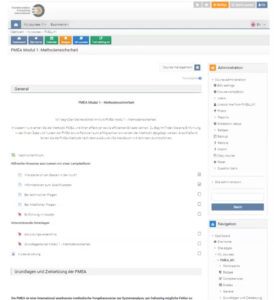
However, especially in times of corona, Dr. Baum has observed that this necessary analysis is not carried out or only insufficiently and instead content is transposed 1:1 from the PowerPoint file into webinars. This quickly turns blended learning into pure online learning, but the important contact between learners and teachers often breaks down. It is better to "double-track" right from the start and create both web-based and presence-compatible learning content in order to be able to adapt to the current situation as quickly as possible in uncertain times like these.
To implement this as efficiently as possible, the use of a Learning Management Systems (LMS) to. Once the learning content has been produced and tailored to the target group, the course can be adapted to new situations very quickly with the help of the LMS. This also helps learners to stay in contact with the teacher from home. Further advantages of a modern LMS include
- the simple transfer of learning content into a second language, and
- the integration of state-of-the-art technologies into the learning process.
Best practice: e-learning with virtual reality (VR) and augmented reality (AR)
A fascinating realization of the latter in the field of mechanical engineering has been developed by the company tepcon in cooperation with the TCI developed. Through the use of virtual reality (VR) and augmented reality (AR), participants should learn more through primary experience without putting themselves or the machine in danger.
tepcon offers two different options for implementation in this area: The Augmented Presenter and the Augmented Instructor. The two AR solutions are briefly presented below.
Augmented Presenter: E-learning with Inside View and modeling option for production steps
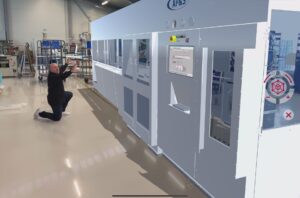
The augmented presenter in particular is intended to enable both low-complication learning on the system and new opportunities for sales through vivid, freely scalable virtual models of the machines. These virtual models can not only be viewed in their original size and from the inside (inside view) can be shown. It also opens up the possibility of modeling animated production steps. This system provides customers with an exciting and fascinating experience and offers learners an emotional and partly self-explanatory training.
Augmented Instructor: AR illustration of necessary repair steps
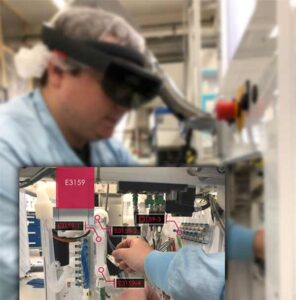
The Augmented Instructor, on the other hand, is the ideal Digitization of already existing know-how. It offers the option of viewing the real machine through AR glasses or a smartphone - and then receiving useful digital information on individual components and repair steps. In this way, every step required for a successful repair can be digitized. With this approach, old files and costly visits from external repair technicians will soon be a thing of the past.
Combination of learning formats: Decisive success factors in times of digitalization and COVID-19
Networking with other learning content, such as videos or instructions provided via the LMS, is of fundamental importance for both the augmented instructor and the augmented presenter. Collaboration between tepcon and the TCI has started here and successfully created a learning experience that brings together the best of the worlds of e-learning and augmented reality (AR) - by blurring the boundaries between these two forms of knowledge transfer.
We, TCI - Transformation Consulting International, will be happy to support you, your company and your employees with our experienced experts from the e-learning industry. Together, we will master the challenges of digitalization in the new age of online learning and ensure that your company can train its employees reliably and efficiently - even in these difficult times of coronavirus. Contact us at any time!
Authors: Kai Karin Baum, Patrick Frebel
(Cover image: © VideoFlow | Adobe Stock)

